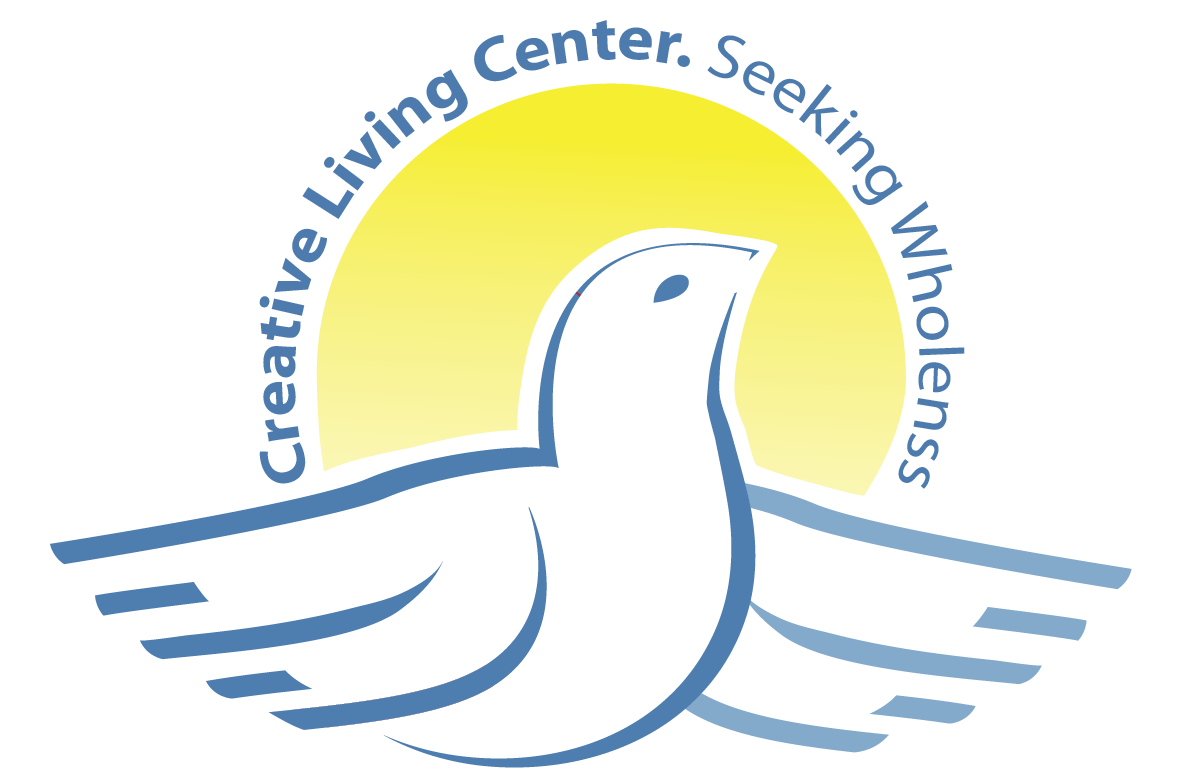EMDR
Eye Movement Desensitization and Reprocessing can help emotional difficulties caused by negative past experiences. Creative Living Center uses this form of therapy as a tool to help patrons overcome traumatic experiences, and start a path towards total healing.
Here is a list of possible symptoms which EMDR can help relieve:
Events that can cause emotional difficulties:
- Accidents
- Physical or emotional abuse
- Violence
- Death
- Natural disasters
- Divorce
- School problems
How these events can affect a person:
An upsetting, scary or painful experience or memory may cause a person to experience anxiety, guilt or behavior problems. Often the experience stays “stuck” or “frozen” in the mind and body.
How EMDR therapy works:
The Therapist works with the client to identify the focus for the treatment session. Then the client calls to mind the disturbing event or issue and his or her thoughts and beliefs about the event. While the therapist facilitates the directional movement of the eyes and Dual Attention Stimulation (DAS). Sets of eye movements and simulations are repeated until the memory becomes less disturbing. The therapist will work with the client to connect and build positive thoughts and beliefs about the event, and one’self, such as “I did the best that I could.” At the end of the session, most people report a great reduction in the level of disturbance connected to the event.
EMDR therapy can be used with children and adolescents of all ages, even pre-verbal children. Younger children may be more avoidant of the disturbing event and often present more of a challenge to treat with EMDR, however, EMDR has been used to help many different ages of children deal the traumatic events, depression, phobias and a variety of other behavioral problems.
What is Dual Attention Stimulation?
Dual Attention Stimulation (DAS) is the use of alternation, right-left tracking of certain sensory organs such as the ears, eyes or hands. For example: tones of music might be delivered to each ear. This helps re-orient the patients connection to his or her memories in a physical way in addition to the mental recalling of the event.

